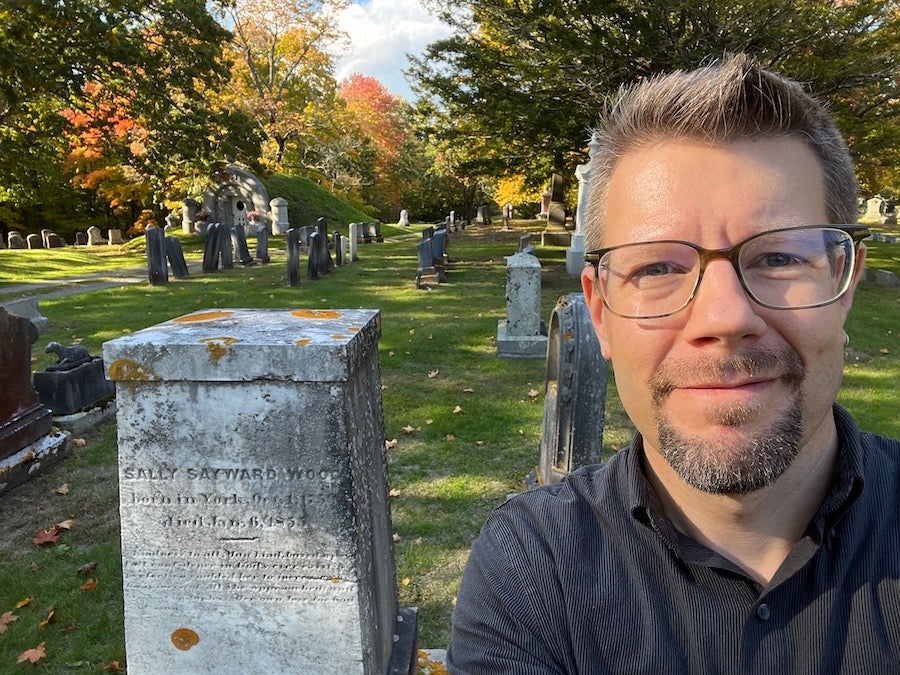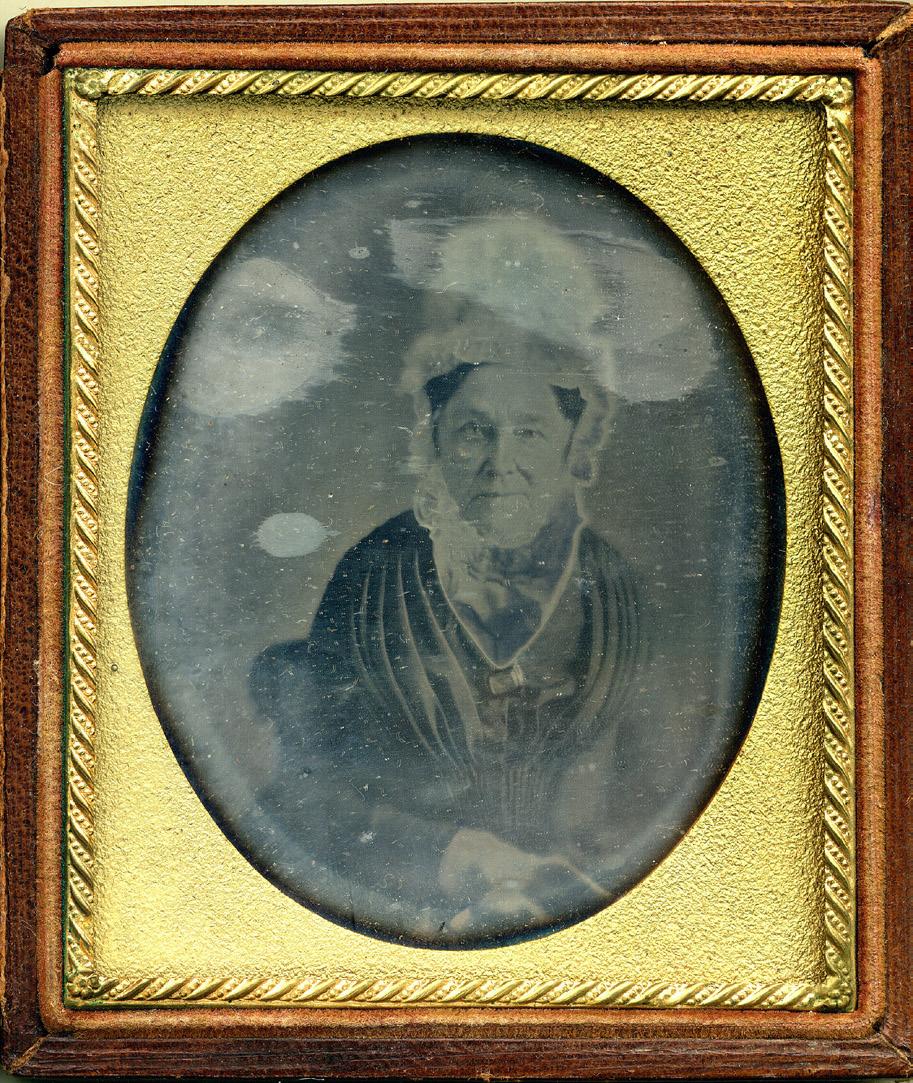
Frankenstein’s monster, haunted houses, the Wolf Man, Creature from the Black Lagoon, vampires, ghosts and more. Halloween has a lovely way of bringing scary stories front and center to be enjoyed with popcorn and sweaty palms. But more than simply giving one a scare, these stories play a surprisingly important role in every culture they arise in.
Boise State English Professor Tom Hillard is a lifelong lover of horror films and scary stories, but he credits his scholarship in Gothic literature with providing “the long, deep history of the development of scary storytelling” that makes a horror story richer, and even more toenail-curling.
What does Gothic even mean?
The definition ‘Gothic’ is pretty elusive, but at its origin it was used to refer to the Northern Germanic tribes (or Goths) in the third and fourth centuries. During the Renaissance, the term was reshaped to refer to a “barbaric” past of Europe, and the “uncivilized” times and cultures of the Medieval period were painted in direct comparison to Ancient Greek and Roman cultures.
Yet in 1764, a romance titled “The Castle of Otranto” by Horace Walpole was published. According to Hillard, even if Gothic scholars can’t agree on a single definition of ‘Gothic’, they can still all agree that this story is the first Gothic novel ever published.
“It’s every Gothic cliche that you could imagine: the castle with the dungeon, the damsel in distress, and the ghosts and the picture that comes to life, from the bleeding statue and the skeleton and the family curse, the hidden secret that comes to light…I read it with students regularly, and they say ‘This feels like all of the stuff that goes into Scooby Doo episodes. Is this a parody?’ But no, this is the thing that brought all that together.”
The novel was extremely popular, in part due to its fantastical nature, but also in part to what it allowed that author (and every Gothic artist since to do): challenge the ‘Now’ through literary displacement. Though the book is set in the 11th or 12th century, Hillard says “it really is talking about 18th century, the present day English concerns in a disguised manner. All of those fears and desires and anxieties and excesses.”
“We create monsters to deal with things; they do cultural work for us,” Hillard said.
Through Gothic imagery and supernatural contrivances, the author–and the audience– are able to approach what is uncomfortable, fear-inducing, and perhaps even forbidden, in a way that is more socially acceptable, or at least more approachable.
“[Gothic literature] allows us to touch or speak or see the unspeakable in a somewhat safe way and which allows us to put the book down, set it over there and say ‘That’s not real.’”
Some themes that find their way into Gothic literature, especially American Gothic literature, are the cultural ‘ghosts’ of slavery and racism, Native American genocide and removal, class battles, land ownership struggles and more.
#Challenge: try to count how many haunted house stories you’ve heard that start with a graveyard beneath the house’s foundation.

Hillard’s area of interest and expertise is in early American Gothic literature. His favorite Gothic writer is Nathaniel Hawthorne, author of “The Scarlet Letter,” “Young Goodman Brown” and countless other pieces. Many of Hawthorne’s pieces stem from his own sense of being haunted by his great-great-grandfather’s legacy as a judge presiding over the Salem Witch Trials of 1692.
Despite the important work that Gothic literature does, it has rarely received the serious acclaim it deserves. In its earliest days, it was considered to be lowbrow content being told in a lowbrow form (the novel), compared to the pinnacle of poetry. Fortunately, its sensational content and critiques caused feedback loops of popularity and censorship that kept it in the public eye and imagination.
In popular culture, this attitude is still evident. For example, the Academy Awards have been presented for various aspects of filmmaking since 1929. Yet the first horror film to be awarded an Oscar for Best Picture was not until Silence of the Lambs captivated and terrified audiences in 1992.
Even when Hillard began his doctorate in Gothic literature in the early 2000s, the genre was still viewed with skepticism by many academics. “But we’ve had a kind of Gothic literary studies explosion in the last 20 plus years,” Hillard said.
Now, there’s even a new scholarly journal that will launch in 2025 called “American Gothic Studies.” Hillard will be on the editorial team. This new journal is produced by the Society for the Study of the American Gothic, which was just formed in 2023.
Finding America’s first Gothic authoress

In addition to teaching and his role as the associate editor for the Nathaniel Hawthorne Review and other journals, Hillard is busy working to revive the stories and legacy of America’s very first female Gothic novelist, Sally Sayward Wood.
“Madame Wood,” as she is referred to by locals in her native state of Maine, published four novels between 1800 and 1804. They have been largely out of print for 200 years, and forgotten to time.
In the fall of 2022, Hillard spent a sabbatical term scavenging libraries and archives across Massachusetts, New Hampshire and Maine, and visiting Wood’s home to learn everything he could about her. His ultimate goal is to edit and see her first novel, “Julia and the Illuminated Baron,” successfully republished in a soundly edited edition with the honor it deserves as the first gothic novel published by a woman in the U.S.
In the Fall 2023 edition of the Historic New England magazine, Hillard published an article about Wood’s biography as well as the importance of recognizing Wood among her New England Gothic peers across the centuries.
“Such a legacy of storytelling as Wood’s is indicative of the larger history of New England, whose very fabric is woven with innumerable stories and legends,” wrote Hillard. “And in the region’s literary history, writers of Gothic tales seem always to have occupied a special place—whether it’s Stephen King of Bangor, Maine, Shirley Jackson of Bennington, Vermont, H.P. Lovecraft of Providence, Rhode Island, or Nathaniel Hawthorne of Salem, Massachusetts. When reflecting on this rich legacy today, we would do well not to forget that long before there were any of those now-famous others, there was Maine’s pioneering Gothic novelist, Sally Sayward Wood.”
- By Brianne Phillips